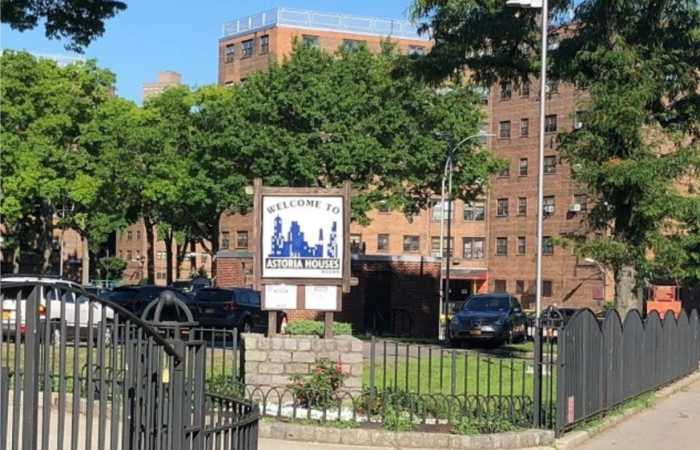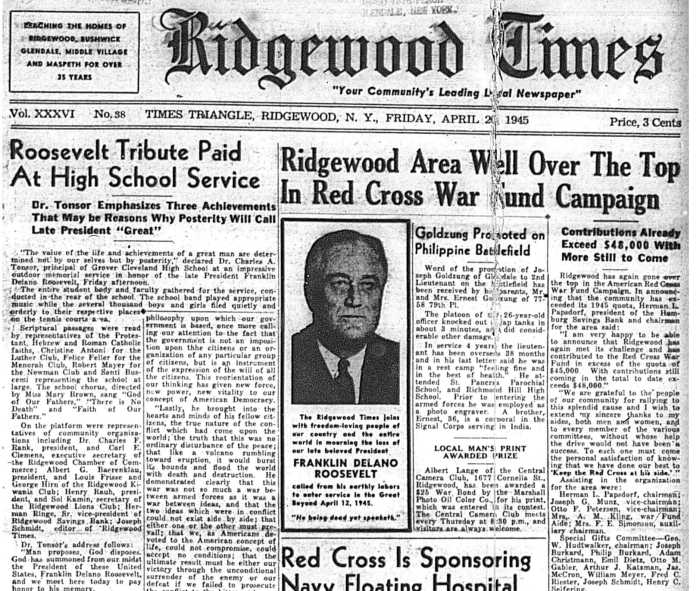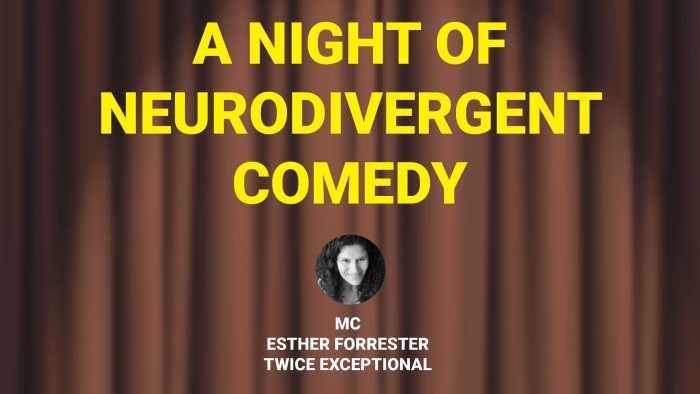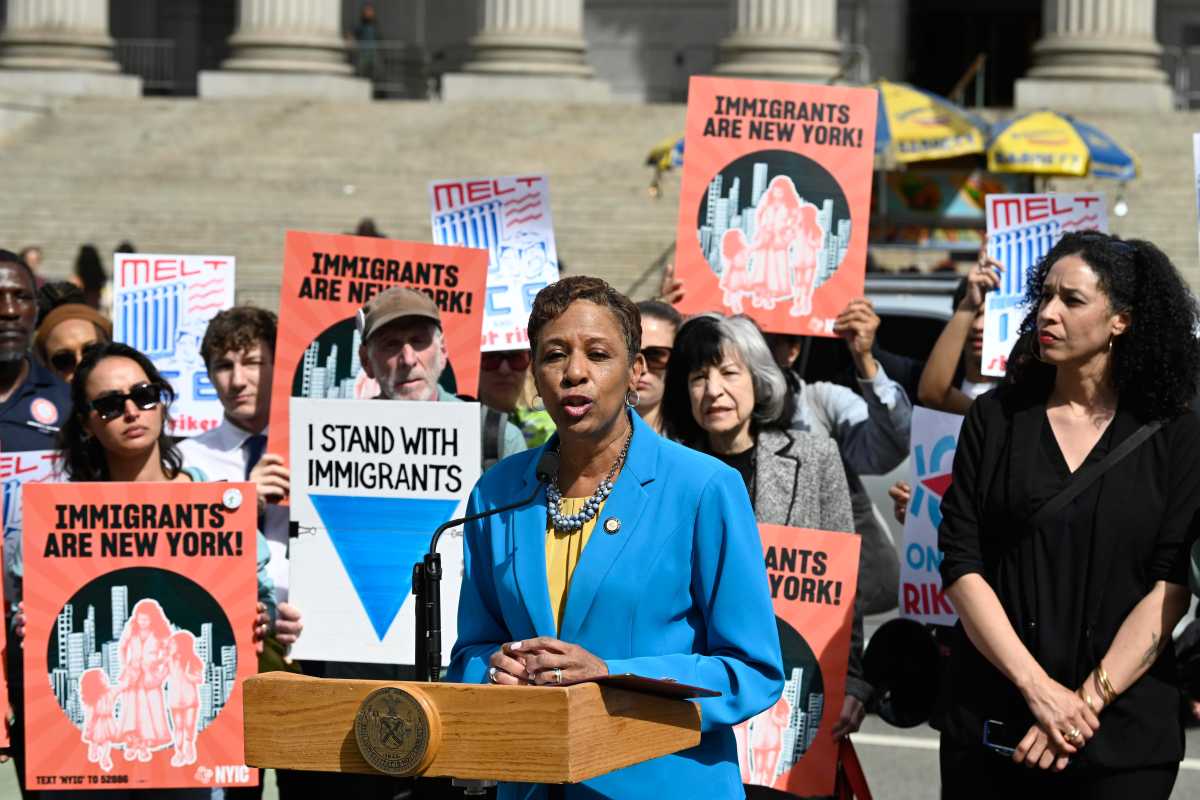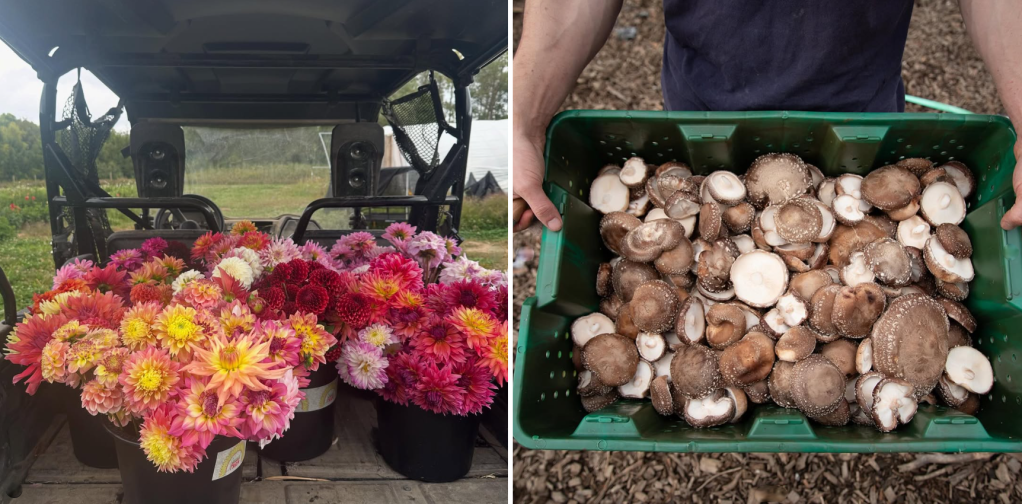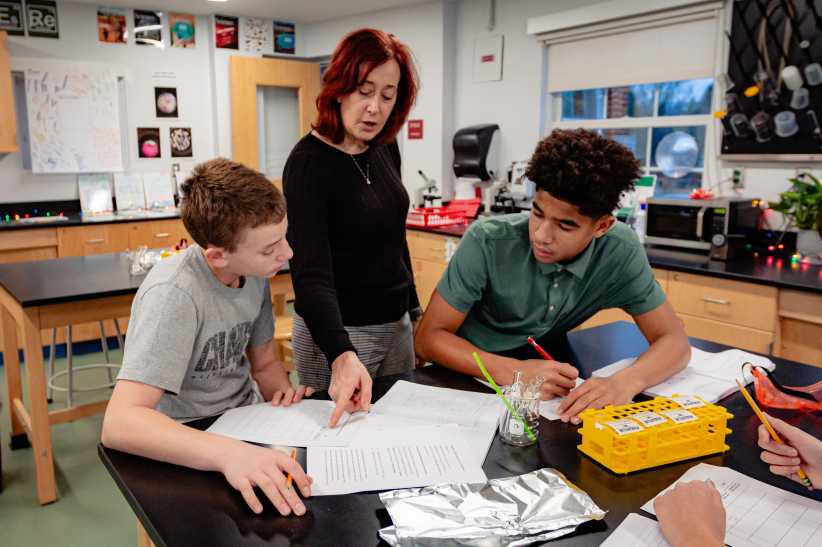By Steve Mosco
It is hard to imagine Queens as anything other than a bustling urban borough, but the crowded asphalt streets were once country road-lined farmlands from Bayside to Long Island City.
As the division manager at the Archives at Queens Library, Judith Todman enthusiastically guides historical hunters through a treasure trove of artifacts that signify the borough’s transition into this era’s familiar cityscape.
“We document the changes in Queens,” said Todman. “The depth of our collection provides a window to the past for anyone interested.”
This year marks the 100th anniversary of the Archives at Queens Library, on the second floor of the Central Library, at 89-11 Merrick Blvd. in Jamaica. Specializing in the history of the four counties of geographic Long Island — Queens, Kings (Brooklyn), Nassau and Suffolk — the library offers books, newspapers, maps, historical photographs and random, everyday items dubbed ephemera.
The library invited members of the academic and library communities to celebrate the centennial with a tour of the collection last week.
Tom Galante, director and chief executive officer of Queens Library, said the staff at the library takes painstaking steps to manage the archives — putting in long hours to make sure visitors have the opportunity to access the rich collection.
“We look back to learn about history, but we also look back for fun,” said Galante, who counts newspaper archives and historic maps as some of his favorite pieces. “It really is something to look back and see what life was like 50 or 100 years ago when Queens was mostly farmland.”
The vast collection of artifacts continues to grow and reach new generations of students, journalists and self-proclaimed historians. In order to simplify and modernize the collection, the archives has launched the tedious task of digitizing photos, maps, land deeds and virtually every other dusty piece in the collection.
“Everyone wants digital. People want to be able to log on and do a quick Internet search,” said John Hyslop, digital assets manager at the Archives. “Digitization vastly improves accessibility and that’s important because it helps current residents develop a sense of place.”
Digitizing thousands of photos and documents is no simple task, according to Hyslop. It involves an innumerable number of hours, meticulously scanning the artifacts while protecting the pieces from light and the elements.
Archivist Erik Huber said while it is labor-intensive, digitization is a rewarding process because it reveals the library’s immense collection to an audience not likely to spend hours in the archive’s stacks searching for physical relics of years gone by.
“This is the history of the place we live and digitization puts it right in front of us,” said Huber. “It’s incredible that typing a few words into a search engine can put this information at your fingertips.”
But even if these items were not available in a digital format, Huber believes residents of any area should know the story behind the streets they walk everyday.
“Why are some streets numbered while others have names? That is a question you can have answered here,” said Huber. “But it’s more than just streets — Queens is the most diverse county in the U.S. The people made this place what it is, and to know what they were facing back then is just fascinating.”
Reach reporter Steve Mosco by e-mail at smosco@cnglocal.com or by phone at 718-260-4546.



